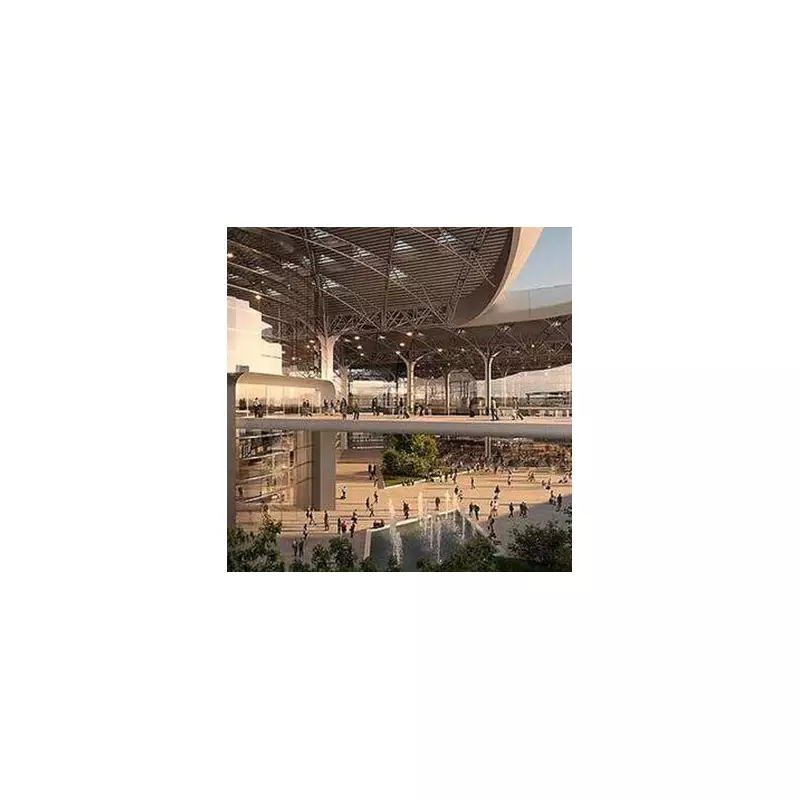
Britain is poised to revolutionise air travel with a groundbreaking £2.4 billion airport development that will introduce Europe's very first vertical terminal design. This ambitious project promises to transform how passengers navigate airports, dramatically reducing connection times and creating a more seamless travel experience.
The Future of Airport Design Arrives in Europe
Unlike traditional sprawling terminals that require lengthy walks between gates, this innovative vertical design stacks facilities vertically, bringing aircraft gates closer together across multiple levels. This architectural marvel represents the most significant shift in European airport design in decades, challenging conventional layouts that have dominated air travel infrastructure since its inception.
Cutting Connection Times to Mere Minutes
The most immediate benefit for travellers will be dramatically reduced connection times. Passengers transferring between flights could potentially move between gates in as little as five minutes, eliminating the stressful dashes across vast terminal spaces that currently characterise many airport experiences.
Key Features of the Revolutionary Design:
- Multi-level gate arrangement optimising space and proximity
- Advanced passenger flow systems reducing congestion
- Sustainable design elements minimising environmental impact
- State-of-the-art technology throughout the passenger journey
Setting New Standards for Passenger Experience
Beyond mere efficiency, the terminal will incorporate cutting-edge technology and passenger amenities that redefine airport comfort. From streamlined security processes to enhanced waiting areas and retail spaces, every aspect has been reimagined with the modern traveller in mind.
The project comes at a crucial time for European air travel, as airports grapple with increasing passenger numbers and the need for more sustainable, efficient operations. This vertical approach not only saves valuable land space but also reduces the carbon footprint associated with passenger movement across large distances.
Industry experts are hailing the development as a potential blueprint for future airport design worldwide, positioning the UK at the forefront of aviation innovation. As construction progresses, the aviation world watches closely, anticipating how this bold experiment might reshape air travel for generations to come.





